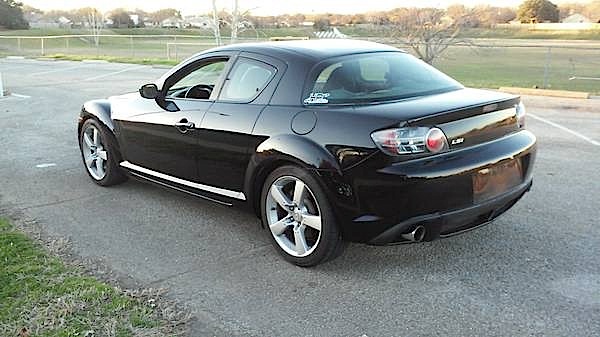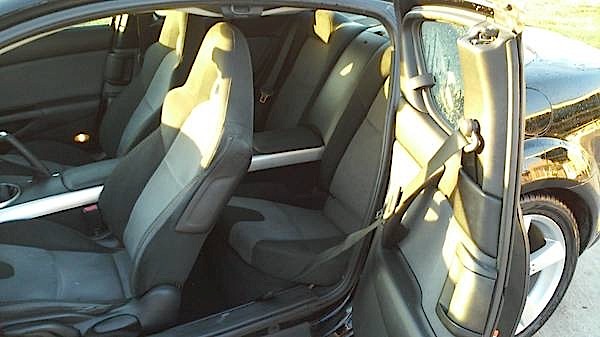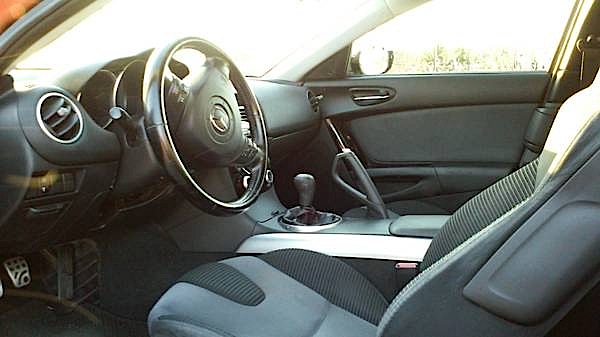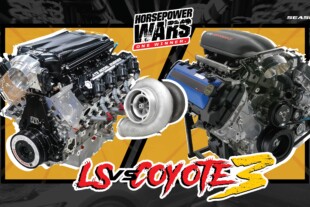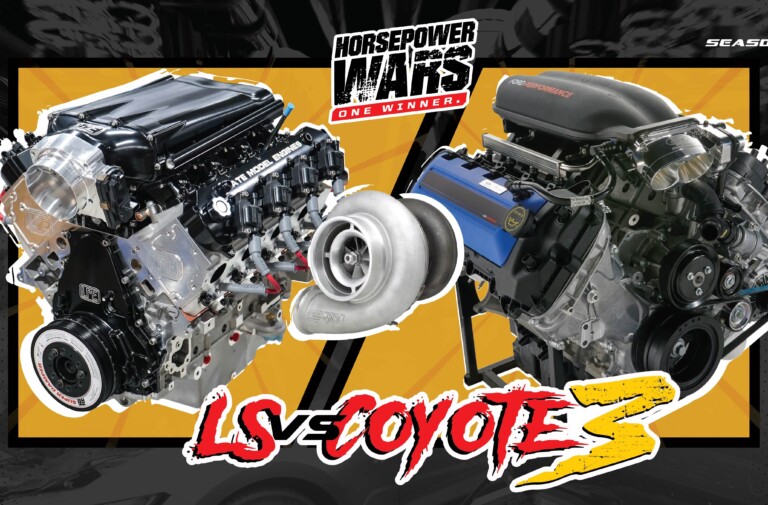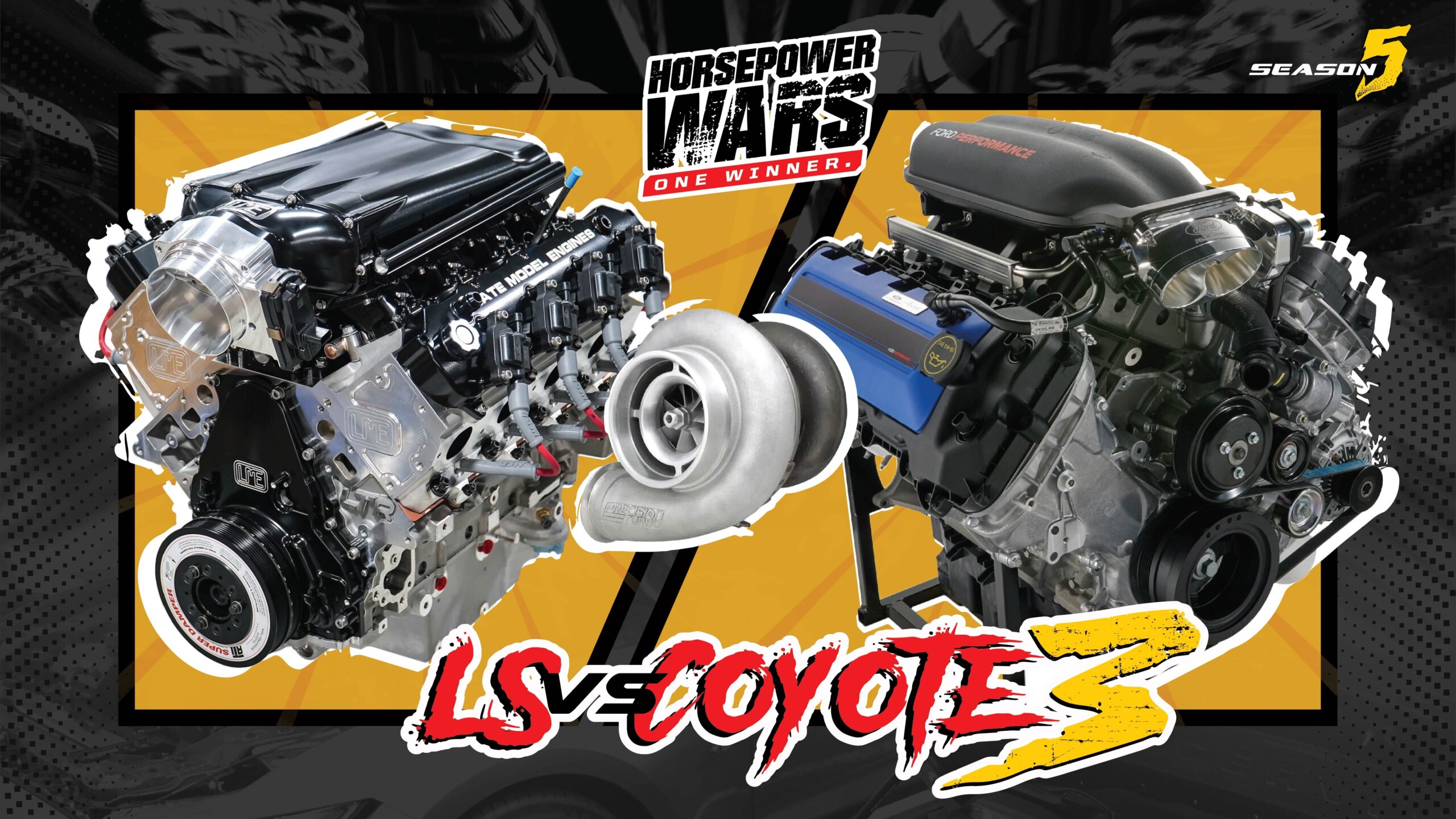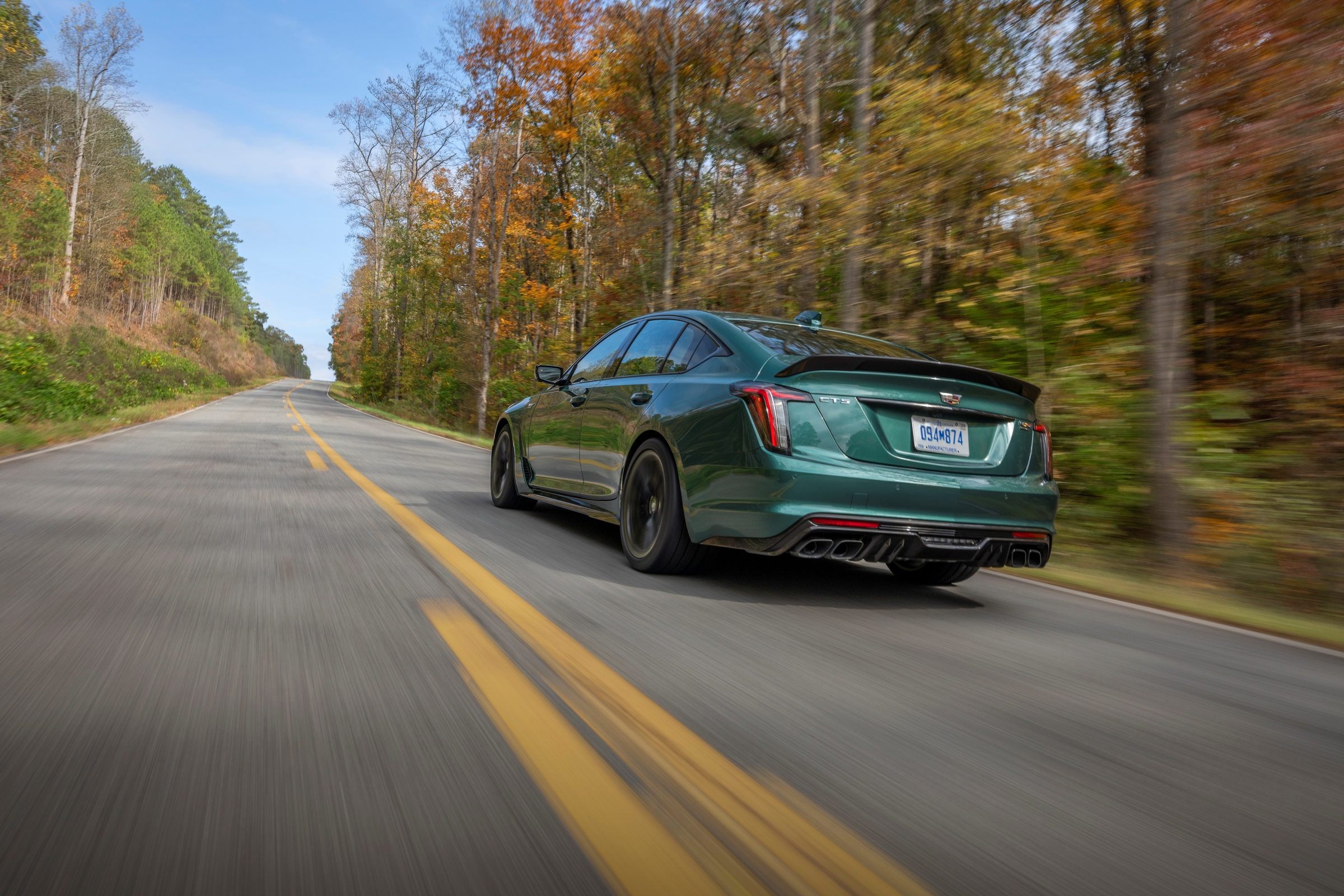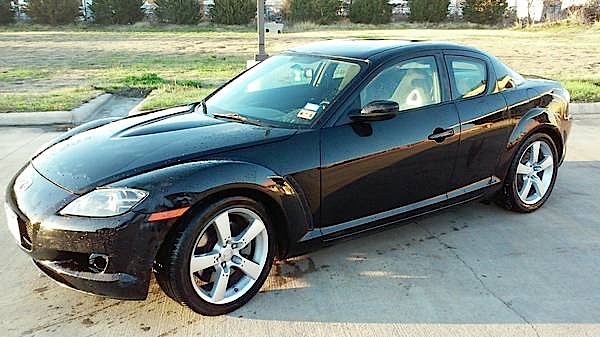
Photo courtesy of: Mike Richer’s build photo gallery
Mazdas have always been synonymous with rotaries and racing. Mazda’s most notorious vehicle, the RX-7, was a real sleeper when it was first released. 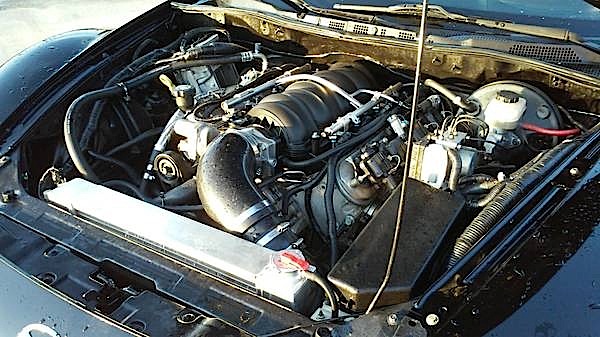 But by the ’90s and the FD series the 7 was a 10. The car featured a 1.3-liter rotary with twin-turbos and a lightweight chassis to combat the other wild childs of the era, namely the 300ZX and Supra. The RX-7 excelled on the strip, road course, and street but it couldn’t outrun time and the sleek coupe left the U.S. market after the 1995 model year.
But by the ’90s and the FD series the 7 was a 10. The car featured a 1.3-liter rotary with twin-turbos and a lightweight chassis to combat the other wild childs of the era, namely the 300ZX and Supra. The RX-7 excelled on the strip, road course, and street but it couldn’t outrun time and the sleek coupe left the U.S. market after the 1995 model year.
Mazda followed up the RX-7 with the 2003 RX-8. Carrying on the rotary tradition, it featured a 1.3-liter Renesis MSP (Multi Side Port) engine. Cars with automatics received a four-port engine rated at 191 horsepower, while six-speed manual versions got a six-port pumping out 250 horsepower. Without turbos the RX-8 was definitely not an RX-7. The RX-8 was more of a grand touring car not a pocket rocket. 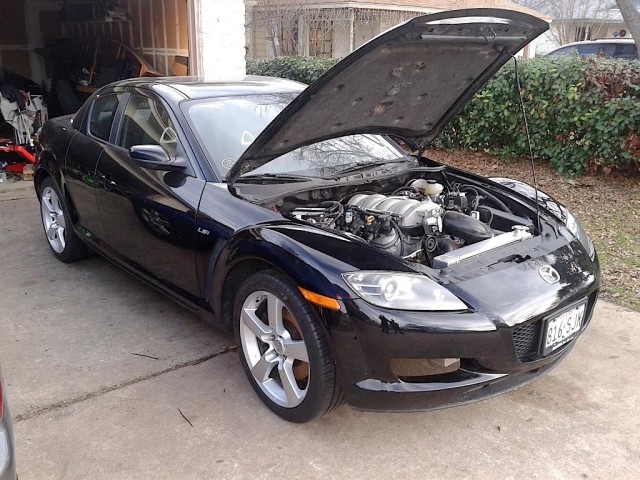 It seemed underpowered and the appeal was not there. Enthusiasts were hungry for more power and while turbocharging was an option, there were no lines of RX-8 owners looking for a boost solution. The next best thing and a tried-and-proven bang for the buck, the faithful the LS swap.
It seemed underpowered and the appeal was not there. Enthusiasts were hungry for more power and while turbocharging was an option, there were no lines of RX-8 owners looking for a boost solution. The next best thing and a tried-and-proven bang for the buck, the faithful the LS swap.
An LS swap in a Japanese car is not that uncommon, just look at Formula D. When it comes to RX’s however, it’s usually the 7 getting the V8 power. The RX-8 exception to the rule seen here resides in Texas. The Mazda just screams “American Iron” once you turn the key… and you don’t even need a translator!
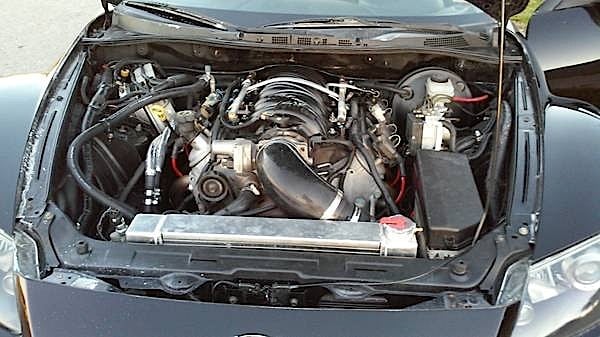
The car is daily driven and, best of all, is for sale. In search of a new LS-powered project, happen to live in Texas, and want a true sleeper? This RX-8 should be on your radar.